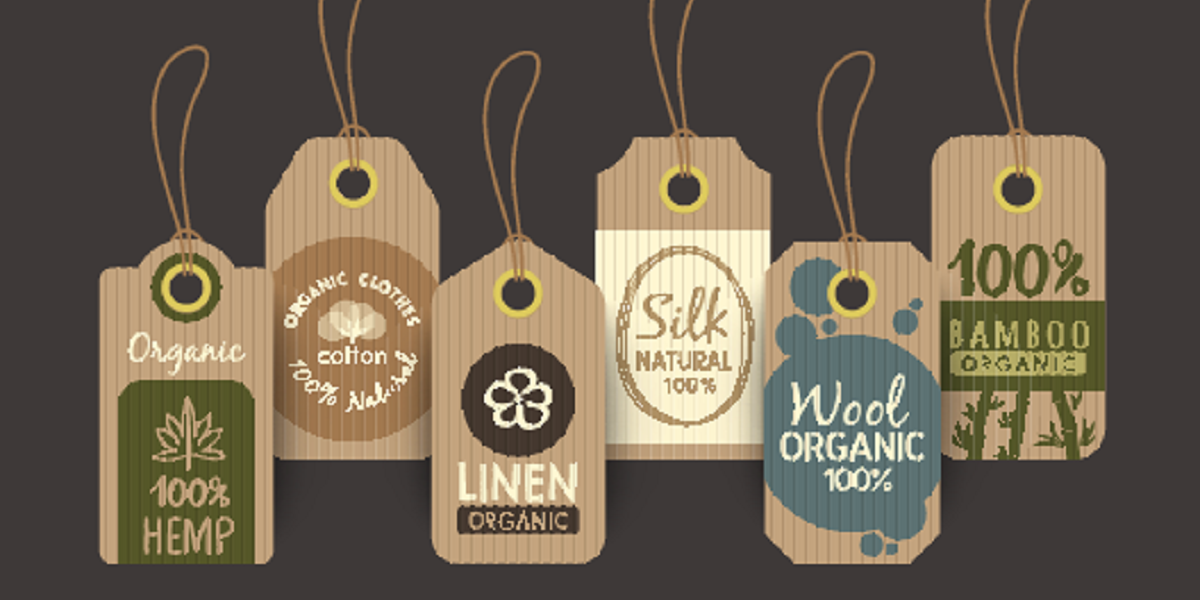What Are the Most Sustainable Fabrics?

Sustainable fabrics are often made from natural or recycled materials, aiming to reduce harm either through the production process, fiber properties, or overall environmental impact. These fabrics can also contribute to waste reduction, water conservation, lowered emissions, and soil regeneration—though, as mentioned, there isn’t one fabric that is entirely sustainable. You’ll find that “sustainable fabrics” is a term often used to group together various environmentally friendly materials, and several fabrics have garnered the “sustainable” label for different reasons. so are fabrics—and no one fabric can do it all. But the hope is that through responsible production and environmentally growing practices, better fabrics can help to create a more transparent fashion industry.
Below, you’ll find some of the most commonly used fabrics in a sustainable fashion. We’re sharing their definitions and which ethics and sustainability certifications to consider when shopping so that you know how to choose the best option for you!
Fabrics Glossary
Bamboo
Bamboo is a fast-growing, regenerative crop that doesn’t require fertilization and is often touted as a sustainable garment fabric—though there are concerns about land clearing and harvesting methods (something to ask a brand about before purchasing a garment). That said, bamboo is incredibly absorbent, comfortable, and moisture-wicking, making it a favorite with sustainable brands.
Hemp
Hemp is a specific type of cannabis plant. It’s fast-growing, doesn’t exhaust the soil, and doesn’t require pesticides. Hemp creates a durable fabric that’s non-irritating for skin and has many uses. It’s often used in place of cotton. This fabric is often more expensive, making it less accessible to everyone. True hemp doesn’t require certification and is already organic, but you can verify with a brand that their garments are 100 percent hemp (not just made with hemp fibers) before purchasing.
Linen
Linen is made from flax, which can be grown without fertilizer and planted in areas where other crops cannot thrive. Flax can also be used in its entirety (seeds, oil, and crop), meaning there’s no waste. Linen is also biodegradable—as long as harsh chemicals are left out of the process. The downside to linen is that it can be expensive as it’s often made overseas. For more affordable, USA-made 100% linen.
Modal
Modal is another semi-synthetic material made from wood pulp but mainly that of beech trees. The naturally occurring yet human-made fabric is generally more delicate and softer than its lyocell sibling (see Tencel below).
Organic cotton
Organic cotton is produced without any toxic pesticides, synthetic fertilizers, or genetically modified seeds (GMOs). This usually implies a sustainably managed fabric production process, though it is not always a given without proper certifications. Look for a GOTS certification (read more about organic certifications). Here are a few of our favorite brands creating.
Reclaimed fabric
Reclaimed fabric (often called deadstock) is leftover fabric from manufacturers. It can also mean vintage fabric or any unused material purchased secondhand which would otherwise be tossed. By using deadstock, makers keep textiles out of landfills and use something that’s already been made.
Recycled polyester
Recycled polyester is PET (the chemical used to create polyester) from plastic water bottles that have been broken down into fibers. The recycled fabric keeps plastic out of landfills and can be recycled again many times over. When a garment can’t be made from 100 percent natural fibers (for example, stretchy garments like underwear or leggings), we recommend looking for recycled polyester as it’s less harmful than its virgin counterpart, generating fewer carbon emissions in production.
Silk
Silk comes from silkworms that subsist on a diet of only mulberry tree leaves, which are resistant to pollution and easy to grow. This plant’s characteristics make the production of silk a fairly ordeal. But as silk requires animal labor, it’s essential to vet brands and ensure they’re using ethical production methods, so be sure to look for Ahimsa silk (or Peace silk).
Tencel/Lyocell
Tencel™ is a branded version of lyocell, a type of rayon derived from cellulose fibers that come from tree pulp. Tencel™’s founding company utilizes eucalyptus wood, sustainable practices, and responsible sourcing not guaranteed in other lyocell production processes.
Wool
Wool can be a sustainable fabric depending on how it’s produced. Fibershed, for example, creates on Carbon Farming landscapes where carbon is captured and put back into the soil. Wool is also compostable, incredibly insulating, and doesn’t shed plastic.
Unfortunately, there is also a lot of animal abuse in the wool industry, so it’s essential to vet brands to verify sourcing and production methods. While wool isn’t for everyone, it is a fabric that many sustainable brands are turning to.
“A truly conscious company will make transparency a top priority and have a section or page on their website dedicated to the fabrics they use.”



